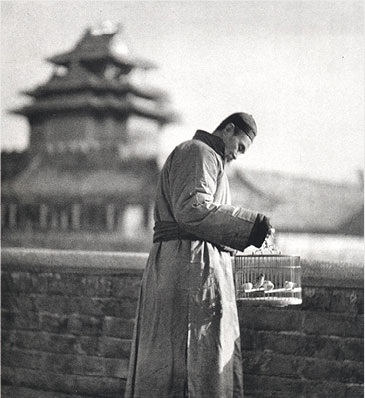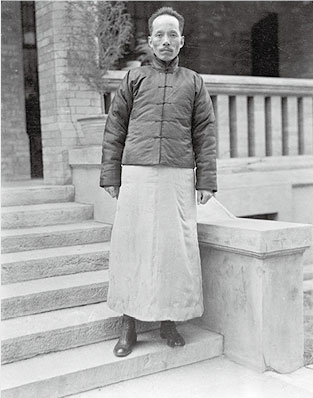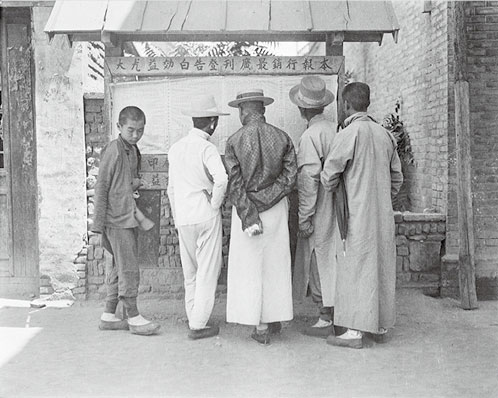服饰的基本功能是御寒和蔽体,随着人类社会的进步,服饰材质的发展,服饰逐渐具备区分人们身份和地位的作用。达官贵人和平民百姓的服饰不同,旗人和汉人的服饰也不同。而服饰早已不是为了御寒和蔽体,更多是出于对审美的需要了。
The basic function of costumes were keeping out cold and covering body, with the progress in human society and the improvement of the quality of garment material, the costumes were gradually taken the role of displaying people social identities and official positions. The costumes of the nobility were different from ordinary people, so the costumes of banners were different from Han people. Costumes were no longer merely used for keeping our body warm and covering our body, but more importantly for aesthetic value.



清朝的男子被强制剃掉前额的头发,留辫子。辛亥革命后,则统一剪去辫子。清朝,上层社会男子服饰以长袍和马褂为主。而下层百姓为了便于劳作,主要是短式衣裤打扮。近代以来,随着西洋服饰的传入,中山装等新式服装问世,在很大程度上改变了老北京的服饰结构,逐步在北京形成了一种中西混杂的局面。北京街头也出现了西装革履、手持文明杖的打扮。
In Qing Dynasty, the men were forced to shave off pre-frontal hair and wear plaits. Since Xinhai Revolution broke out, all of men were required to cut off plaits. In Qing Dynasty, most of the men in the upper class mainly dressed in gowns and mandarin jackets. While ordinary people mainly wore short clothing, which made it easy do manual labor. In modern times, with western garment brought into China, new style clothing had been gradually emerging such as Chinese tunic suit, which greatly changed the dressing structure of old Beijing, a mixture of Chinese and Western dressing styles had been formed. Meanwhile, men in Western dress and leather shoes, holding walking stick were also appearing in the street of Beijing.